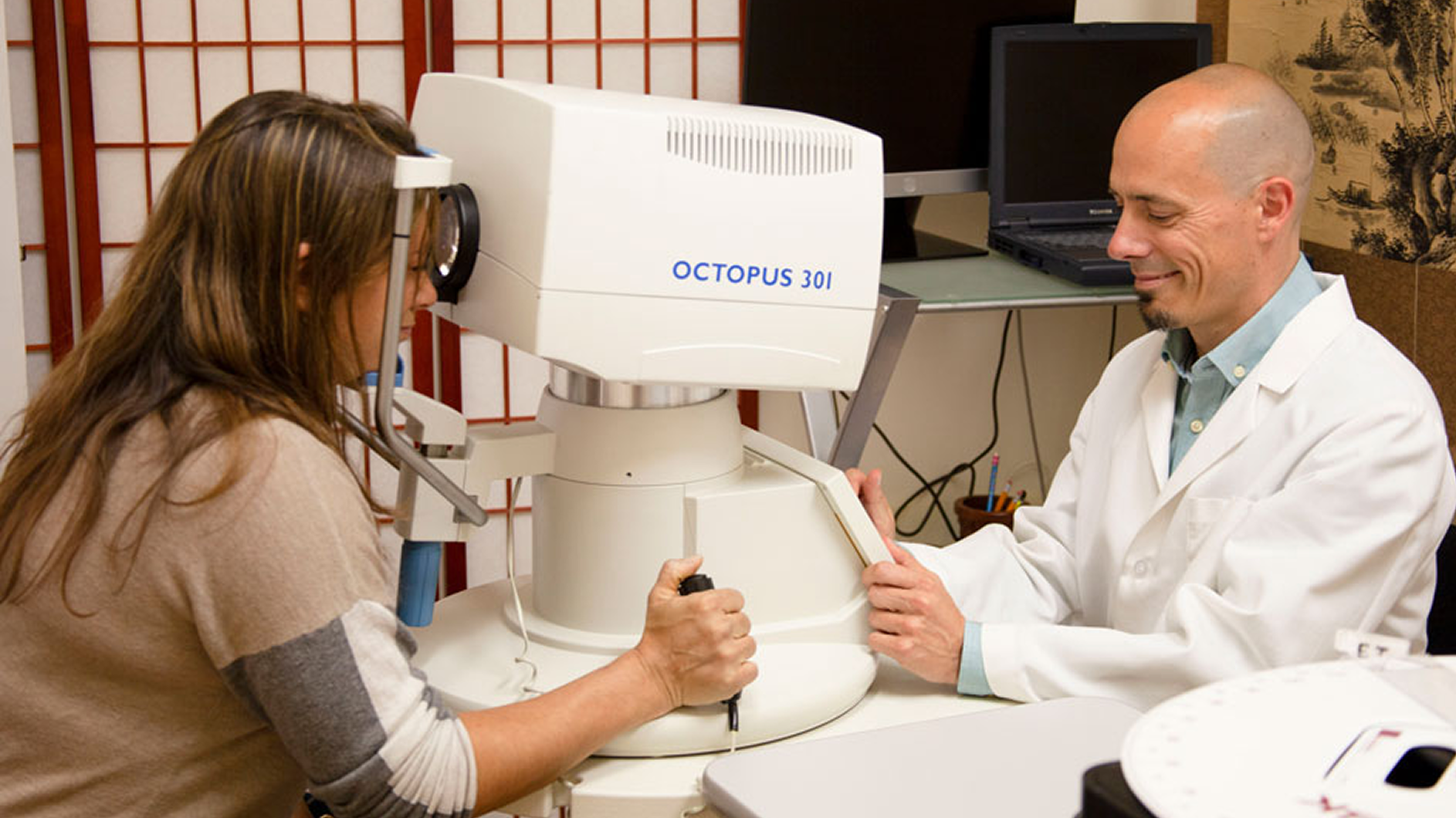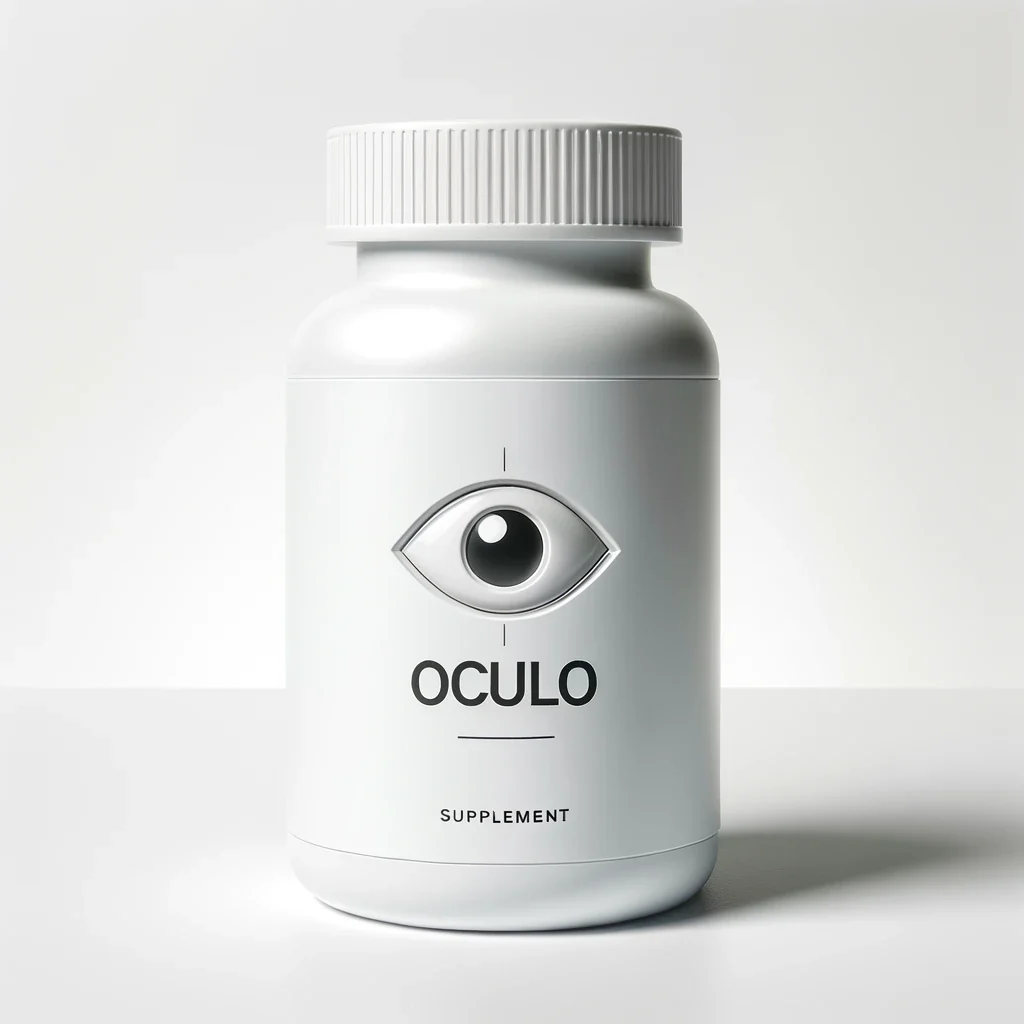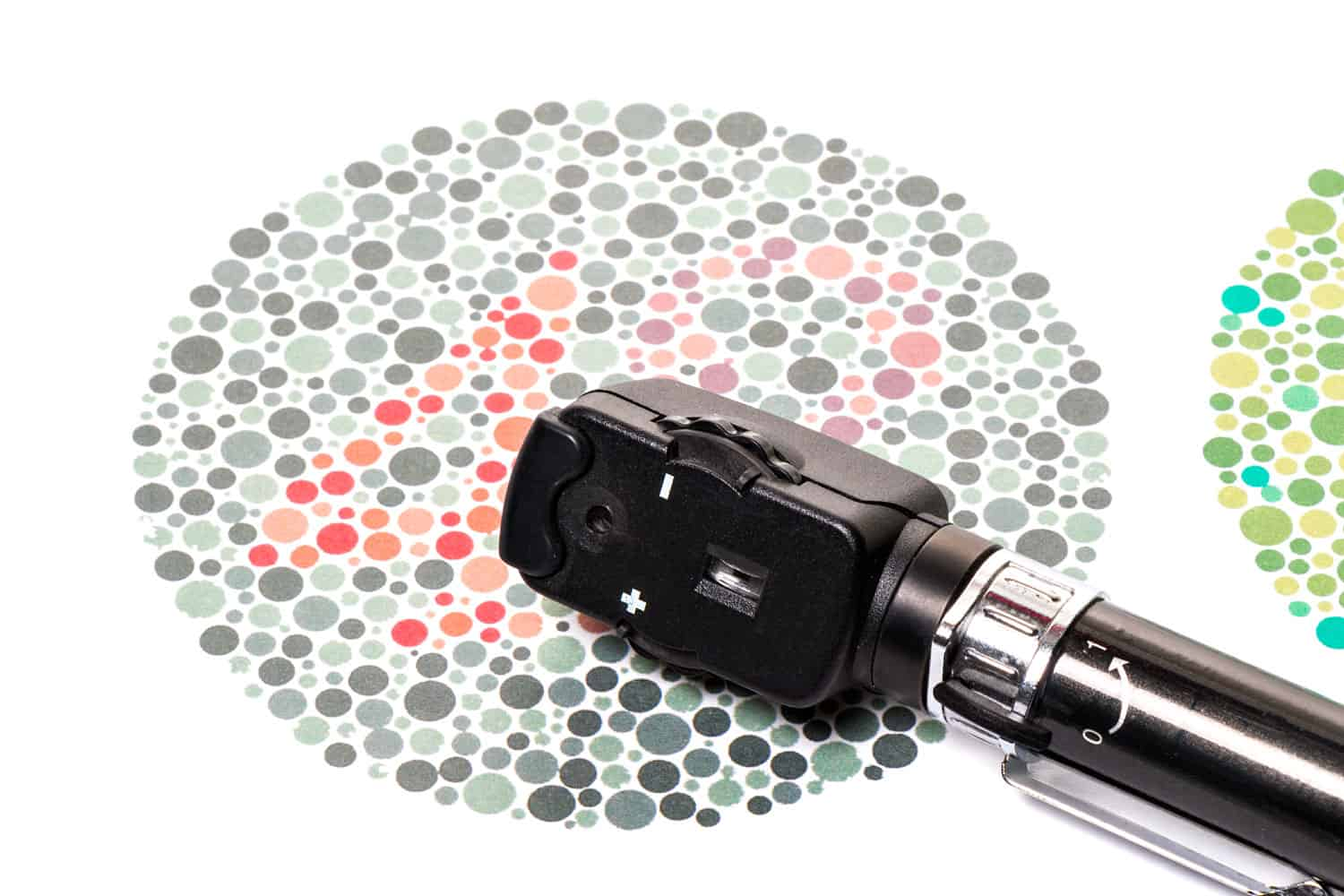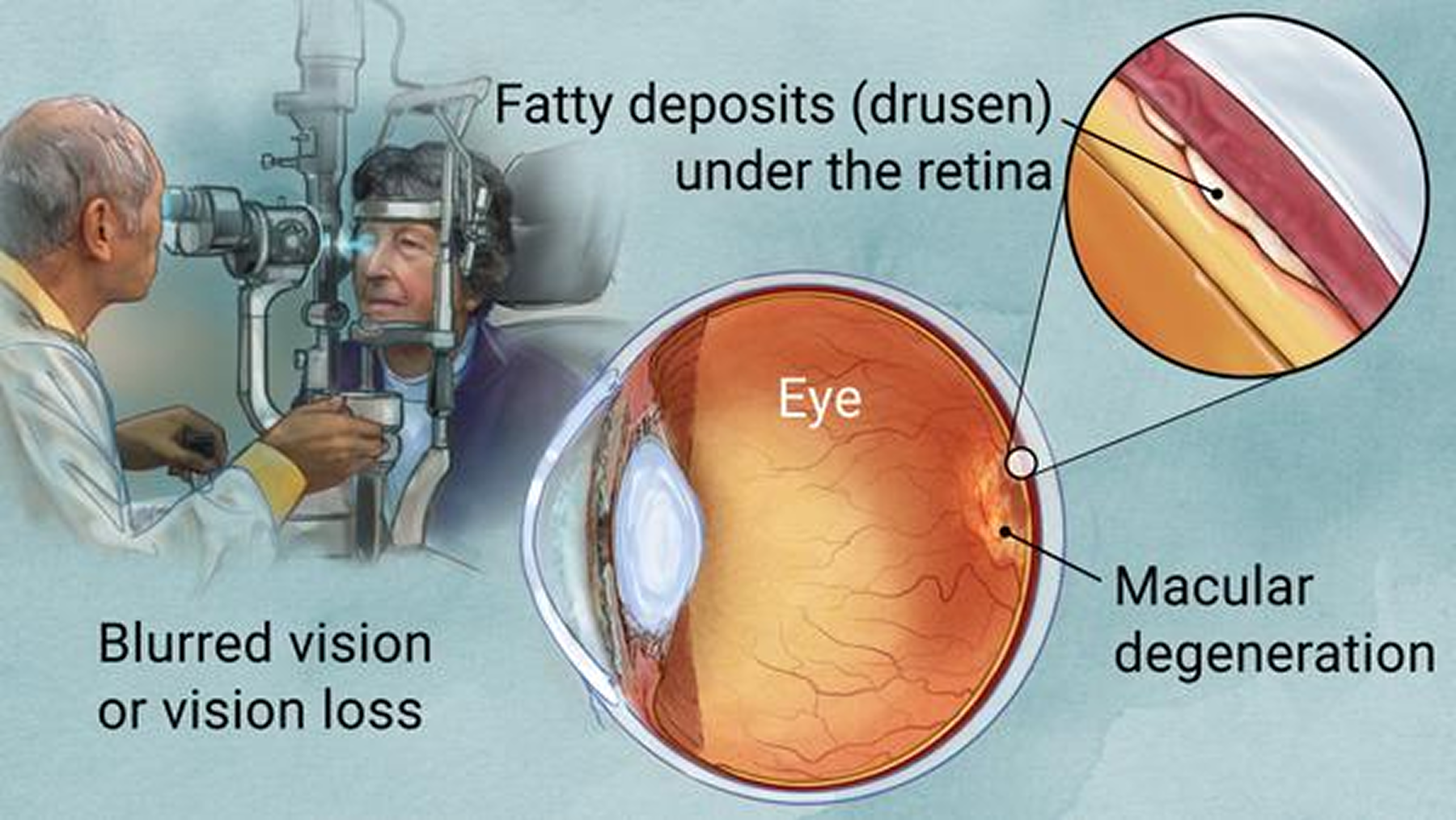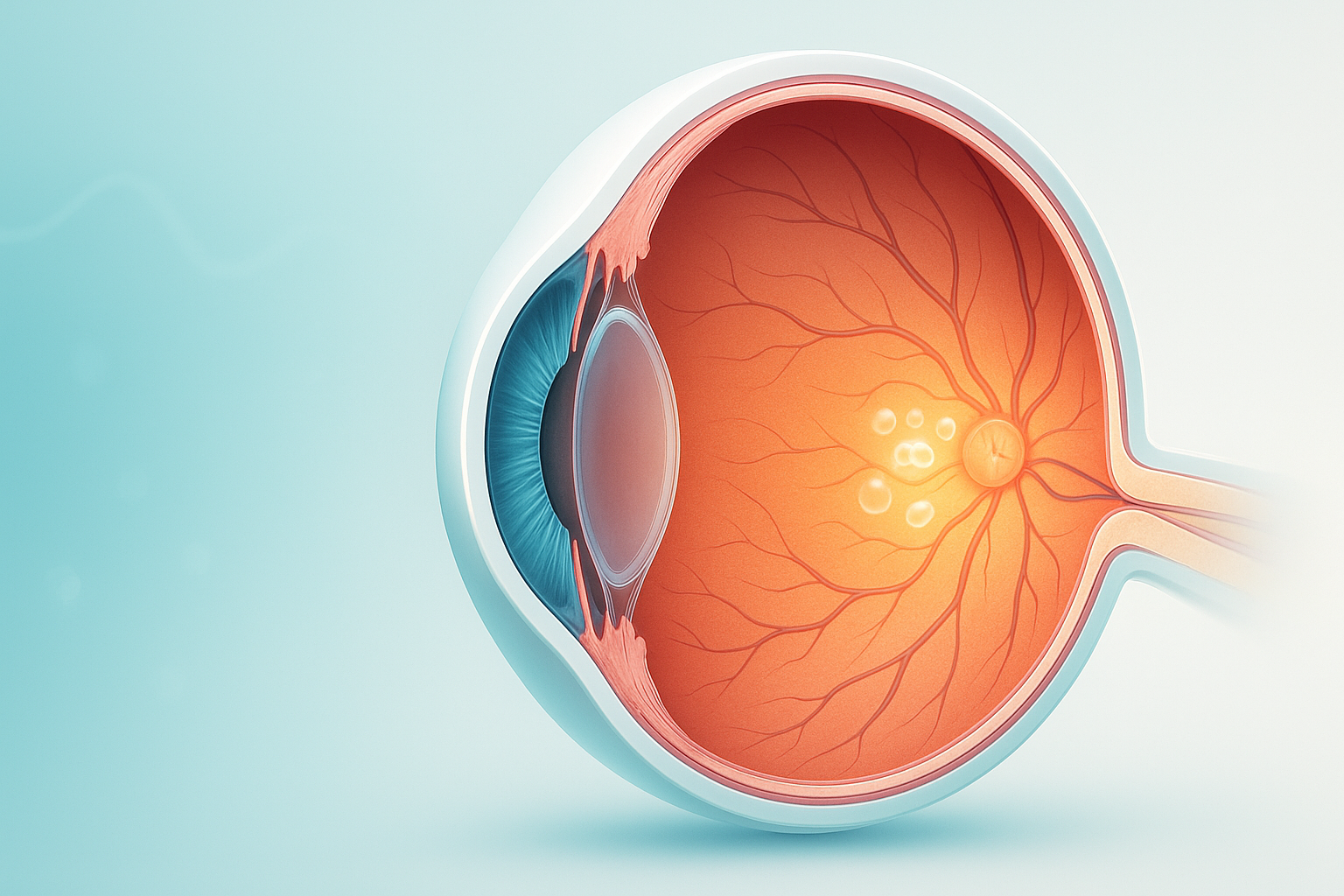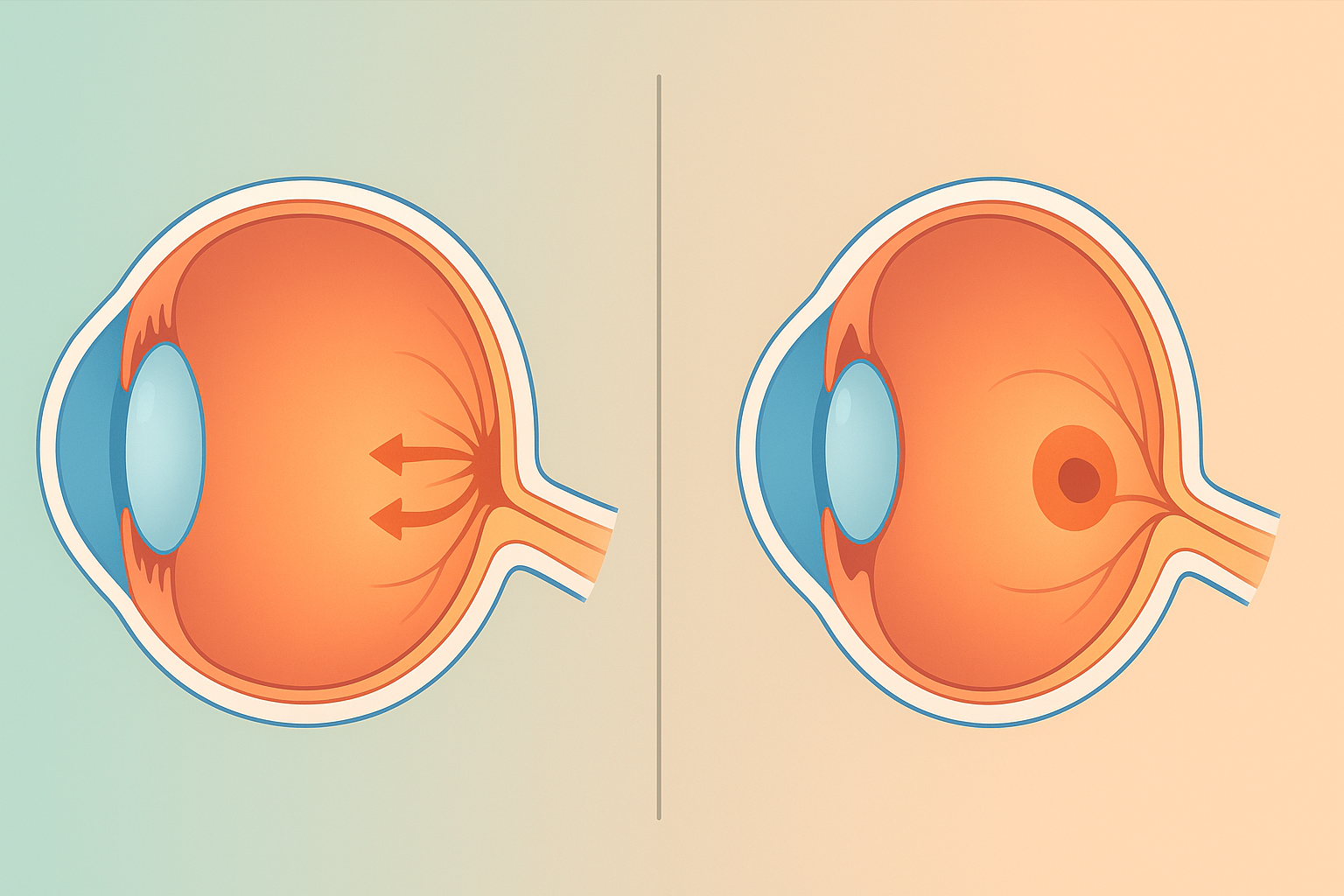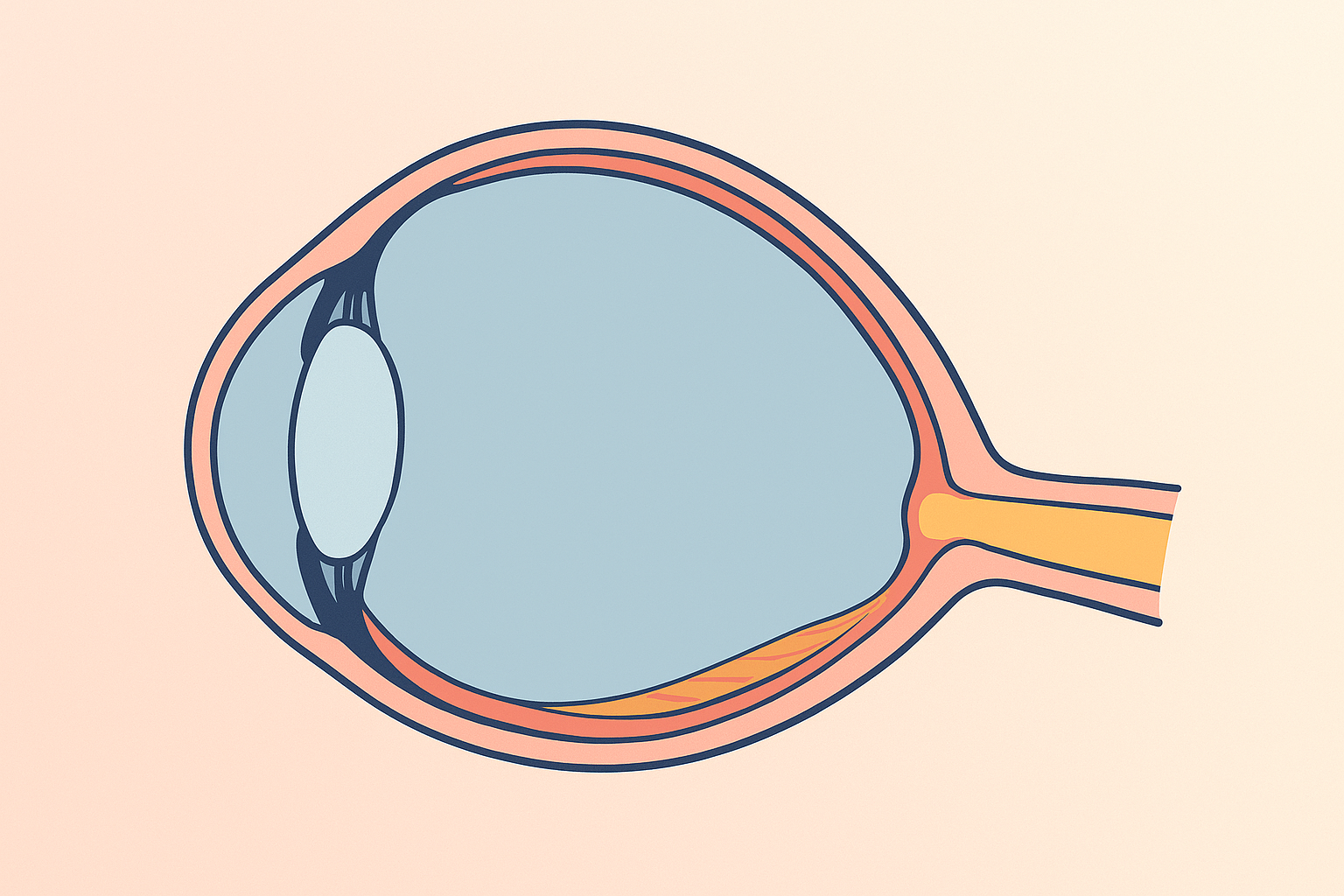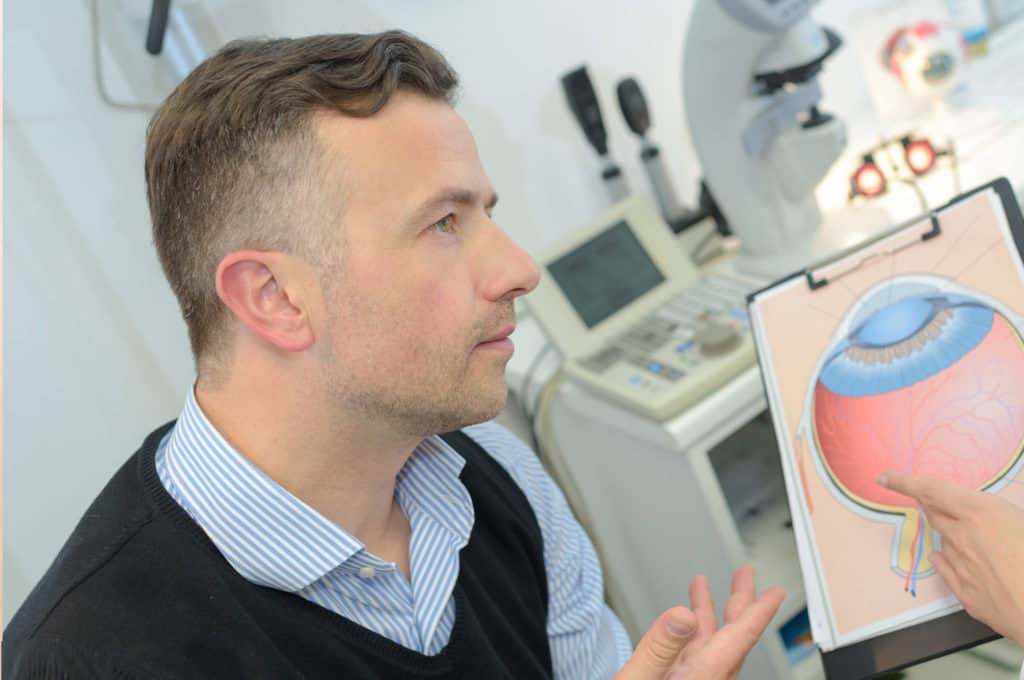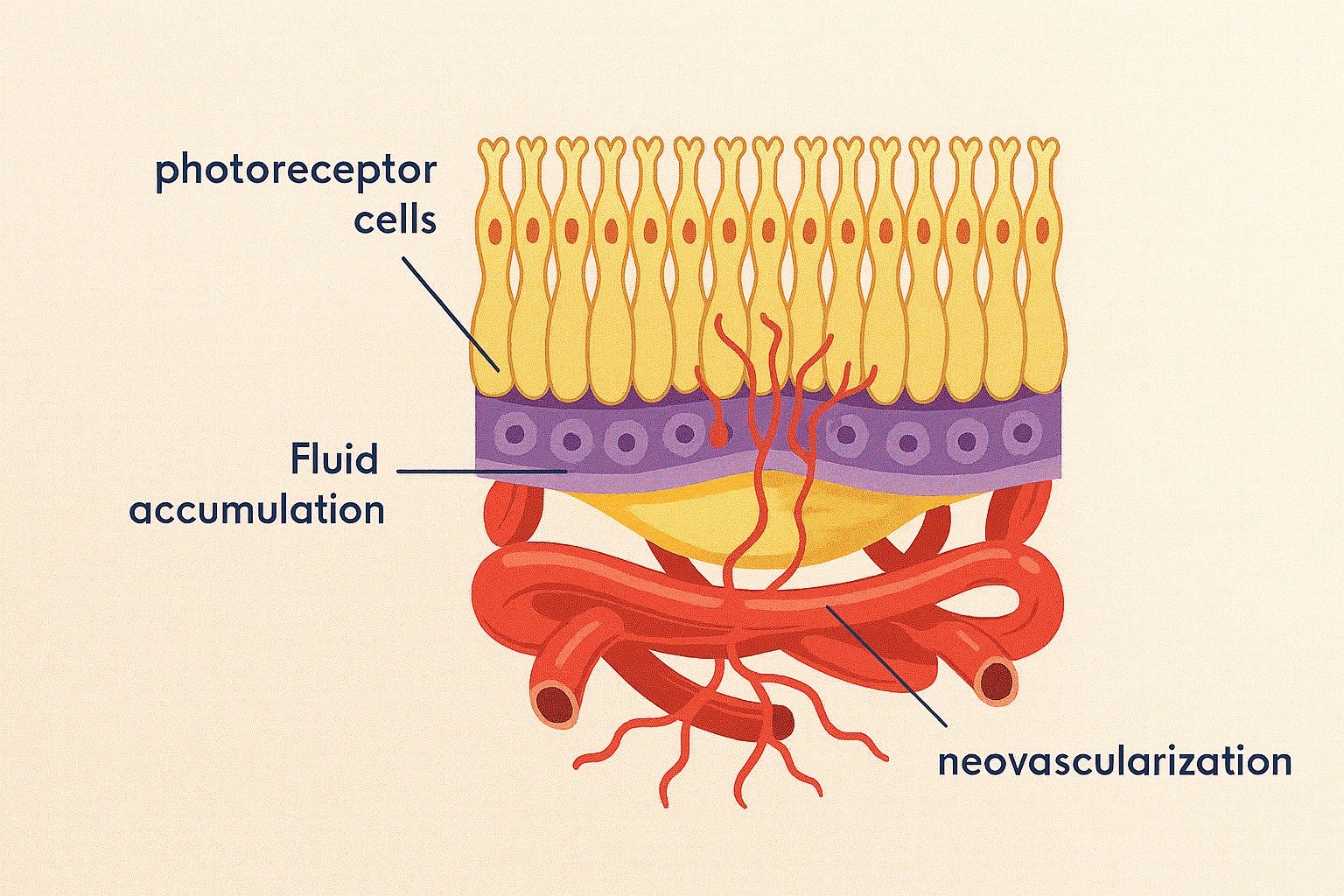Eye Condition
Macular Dystrophy
Macular dystrophy is a rare genetic disorder that slowly damages the macula, the eye's center for sharp vision, resulting in progressive central vision loss.
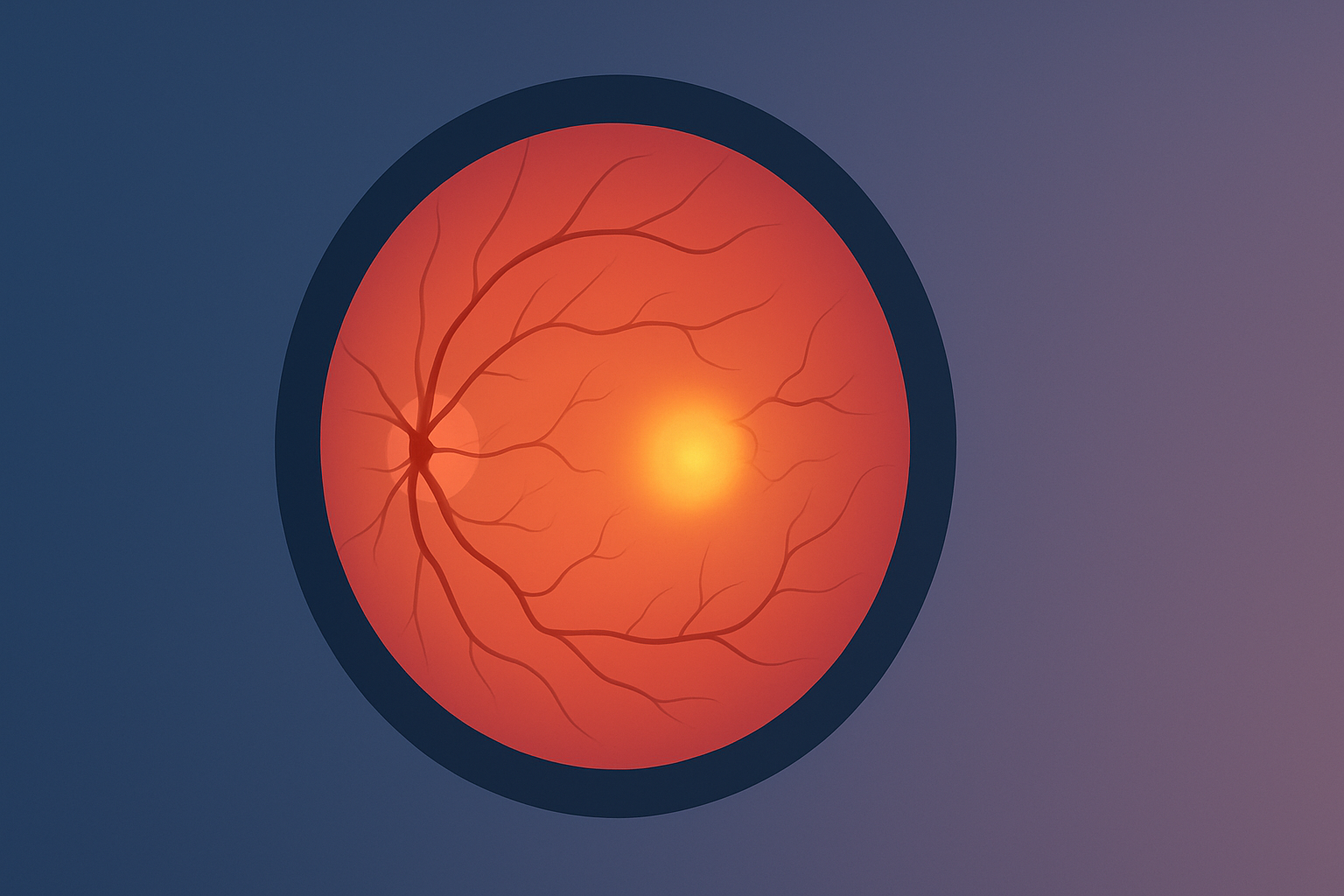
Explore our treatment options for Macular Dystrophy
What is Macular Dystrophy?
Macular dystrophy is a rare genetic eye disorder that affects the macula, the central part of the retina responsible for sharp, detailed vision. This condition leads to the gradual degeneration of macular cells, causing progressive vision loss. Macular dystrophy can manifest at any age, but symptoms typically become noticeable in adulthood.
Symptoms of Macular Dystrophy
- Blurred Central Vision: Gradual blurring of the central vision, making tasks like reading and recognizing faces difficult.
- Visual Distortions: Straight lines may appear wavy or bent.
- Dark or Empty Areas: Presence of dark spots or empty areas in the central vision.
- Color Vision Deficiency: Difficulty distinguishing colors.
- Slow Progression: Symptoms typically worsen slowly over time.
Causes and Risk Factors
Macular dystrophy is caused by genetic mutations that are often inherited. These mutations lead to the progressive breakdown of photoreceptor cells in the macula. Key risk factors include:
- Genetic Mutations: Specific genes associated with macular dystrophy.
- Family History: Having a parent or close relative with the condition increases the risk.
Diagnosis
Accurate diagnosis of macular dystrophy is essential for effective management. Our clinic provides comprehensive diagnostic services, including:
- Ophthalmic Examination: Detailed eye examination to assess the macula and detect signs of degeneration.
- Optical Coherence Tomography (OCT): High-resolution imaging to visualize the structure of the macula and identify areas of thinning or damage.
- Fundus Photography: Imaging to capture detailed pictures of the retina and macula.
- Electroretinography (ERG): Measures the electrical response of the retina to light.
- Genetic Testing: Identifies specific genetic mutations responsible for the condition.

